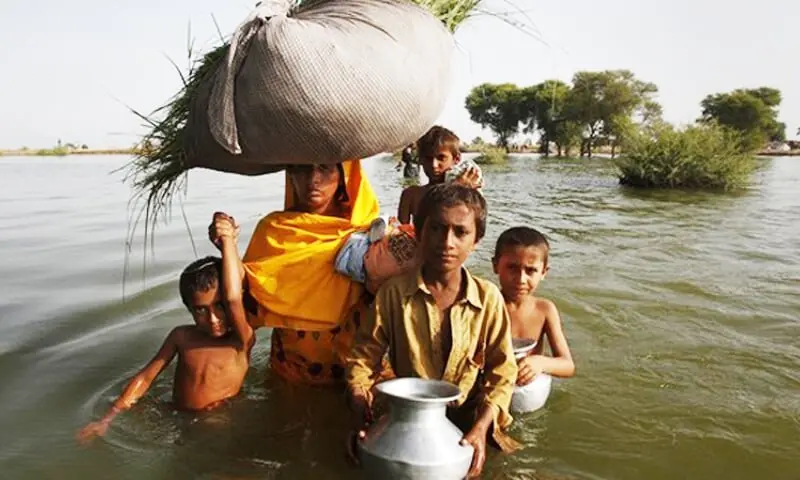Islamabad: Climate change is increasingly driving impacts of 71% of workers, which will also lead to productivity losses, while vulnerable groups will gain first priority, the International Labor Organization (ILO) said.
The report said low-priced figures who contribute only 12% of global emissions will face 75% of the revenue losses from climate-related impacts.
Efforts to convert to clean energy could result in the fossil fuel industry being unemployed by 6 million jobs, but these efforts could create around 24 million new jobs at the same time, thus creating about 24 million new jobs in renewable energy and green fields. “State of Social Justice: Work ongoing” Published Wednesday.
The report said this transition would require large-scale workforce adjustments, with at least 70 million workers requiring new skills. To manage this unrest fairly, ILO has developed guidelines for the “Justice Transition” that advocates promoting policies that promote decent work, reducing inequality and involve social dialogue to ensure environmental measurements are not deny.
6 million may lose their jobs in the fossil fuel industry due to conversion to cleaner energy
According to ILO estimates, measures to limit global warming to up to 2 cm could result in about 6 million job losses – mainly in the fossil fuel industry. But these same measures could also create about 24 million jobs, which are emotionally employed by adopting sustainable practices in energy generation, construction and transportation. This shift in employment has begun in the energy sector.
If the transition to sustainable agriculture and a circular economy is to work in energy, construction and transportation, more than 100 million jobs could be created, with the 80 million jobs likely to be eliminated. The report said that while the net impact on jobs is positive, it is a huge employment change that requires rework and requires at least 70 million workers.
It estimates that the labor force will fall into high incomes, especially in the upper and middle classes, with their labor force set to fall by 5% from 2030 to 2050. On the other hand, lower and lower state countries will see about 30% of their labor force exposure between 2030 and 2050.
The report, which was released ahead of the Second World Summit in Doha in November, said that despite significant gains in education, poverty and productivity over the past three decades, deep-rooted inequality, fragile trust in institutions and slow progress in key areas to stop it. Global social justice.
The report found that although the world is richer, healthier, and better educated in 1995, the benefits have not stagnated, and the progress of reduced progress has stagnated.
The report notes that highlights a sharp deficit, pointing out that 71% of a person’s income still depends on birth conditions such as the country and gender; informality has reached only two percentage points in just two decades, but still affects 58% of workers. Since 2005, the gender workforce participation gap has narrowed by only three percentage points to 24%. At the current rate, it will take a century to close the global gender pay gap.
Posted at Dawn on September 25, 2025



